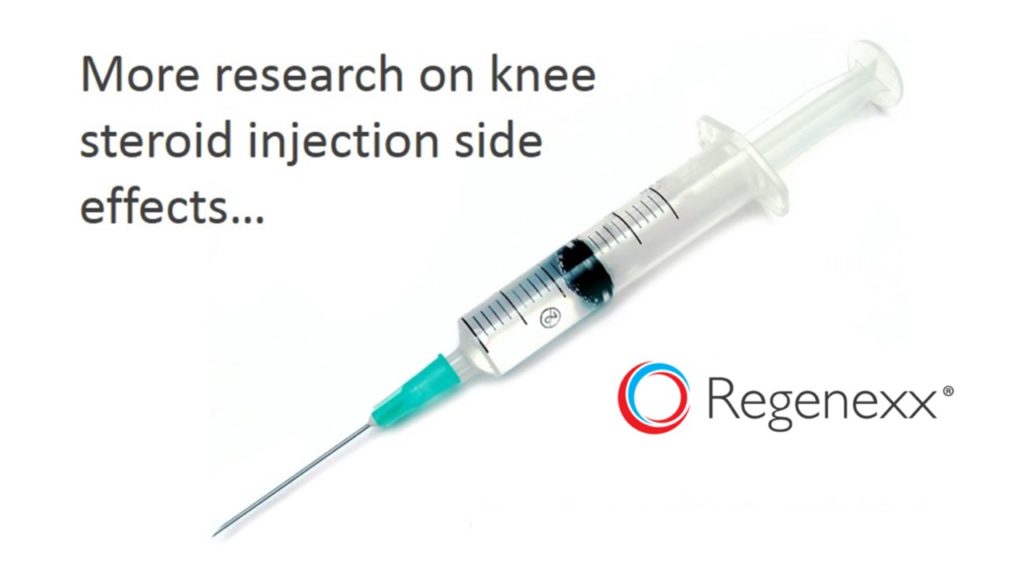
The report is neither a prospective clinical trial nor a retrospective observational study. It also lacks standardized clinical and imaging follow-up after intra-articular corticosteroid injection. The special report has several limitations in study design, including the small number of patients. The most common adverse event was accelerated OA progression, followed by subchondral insufficiency fracture, osteonecrosis, and rapid joint destruction with bone loss. Thirty-six (8%) adverse joint events with imaging documentation were reported, with the vast majority occurring in individuals with moderate Kellgren-Lawrence grade 3 knee and hip OA on radiographs. The report describes the adverse joint events that occurred in 459 patients with knee and hip OA who received at least one intra-articular corticosteroid injection at an inner-city hospital in the United States in 2018. In this issue of Radiology, Kompel and colleagues provide a special report highlighting joint-related complications associated with intra-articular corticosteroid injection.
Side effect of cortisone shots in knees full#
Unfortunately, most radiologists do not have a full understanding of the beneficial effects and potential complications of the procedure they are performing. Radiologists are commonly asked to perform intra-articular corticosteroid injection in patients with knee and hip OA in clinical practice.
Side effect of cortisone shots in knees skin#
Short-term complications, including septic arthritis, injection site pain, skin pigmentation, and atrophy, and systemic effects are exceedingly rare ( 2, 3).

Although its exact mechanism of action remains unknown, intra-articular corticosteroid injection is thought to provide pain relief in patients with knee and hip OA by decreasing joint inflammation. A recent analysis of the Medicare sample database found that more than one-third of patients with newly diagnosed knee OA were treated with at least one intra-articular corticosteroid injection ( 1).

Intra-articular corticosteroid injection has been used for decades to treat patients with knee and hip OA, especially individuals who cannot tolerate the side-effects of long-term pharmaceutical therapy with acetaminophen and nonsteroidal anti-inflammatory drugs. Osteoarthritis (OA) is one of the most common chronic and debilitating diseases worldwide, with the knee and the hip being the joints most commonly affected.


 0 kommentar(er)
0 kommentar(er)
